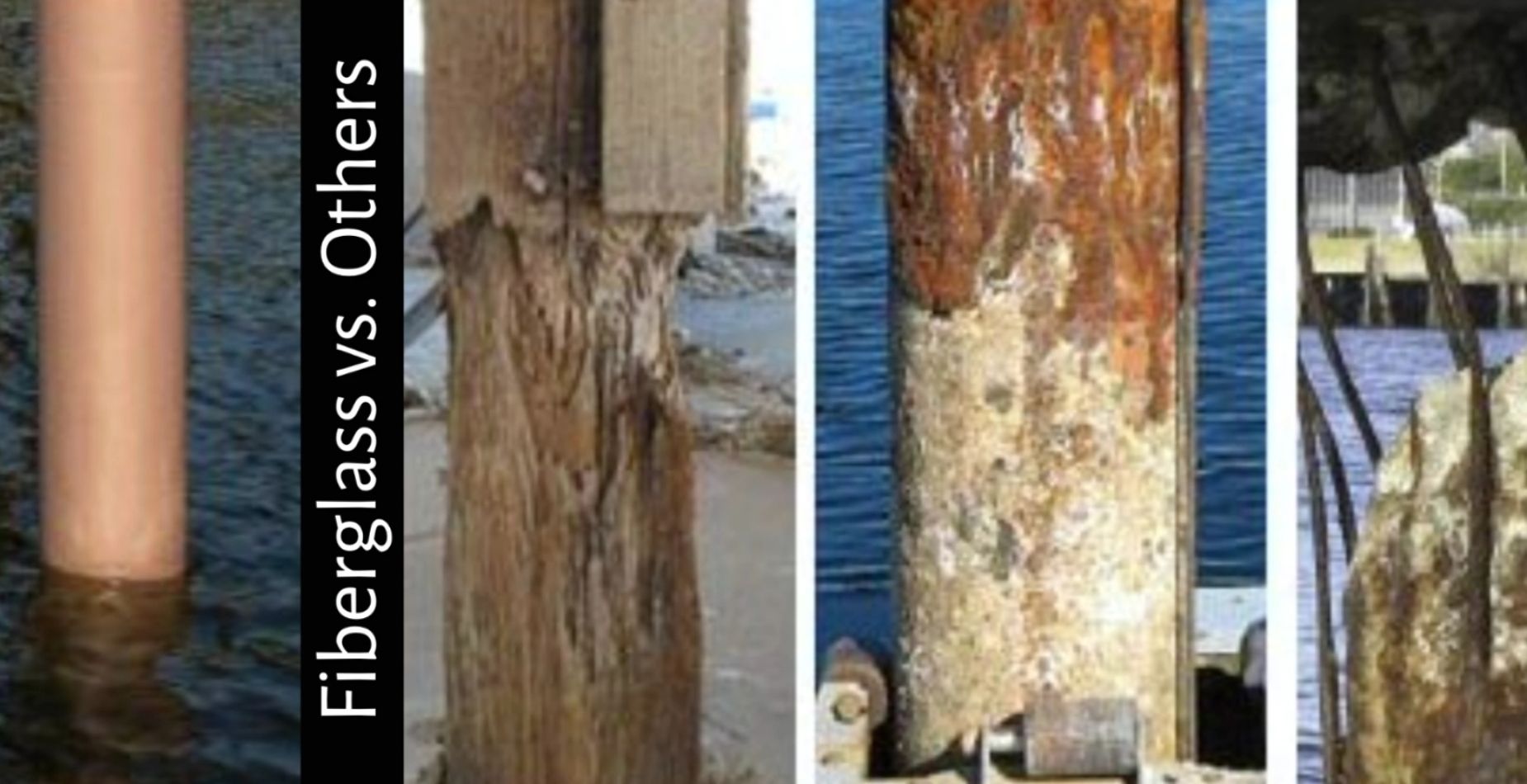
If you already live on the coast, you already are aware of this. And if you’re planning to build your dream home in Florida, brace yourself—choosing the wrong foundation materials can cost you more than just money. It can cost you peace of mind.
Salt air doesn’t take a break. Moisture creeps in everywhere. In Florida, your pilings aren’t just part of the plan—they are the plan.
So, what’s the smarter choice for a foundation that could last a lifetime? Do you go with tried-and-true traditional materials like wood, concrete, or steel? Or do you step into the future with fiberglass pilings, a newer option that’s making serious waves among coastal builders?
Let’s get into the comparison.
The Battle of the Pilings
Classic Pilings – The Old Reliable
For decades, Florida coastal homes have stood on one of three main types of pilings:
These materials have history on their side, but Florida’s coastal climate doesn’t thrive on being merciful. Constant exposure to moisture, salt, and storms can dramatically shorten their lifespan. Repairs aren’t just expensive—they can be a nightmare when your house is sitting 12 feet in the air.
Some manufacturers offer 50-year warranties. That’s not a marketing gimmick—it’s confidence in a material that doesn’t break down the way wood, steel, or concrete do in coastal conditions.
One of the most underrated benefits of fiberglass pilings is how smoothly they go into the ground. They’re lighter than concrete and steel, which means smaller, less aggressive equipment can be used for installation.
And here’s where your neighbors—and your existing structures—breathe a sigh of relief. Fiberglass pilings cause less vibration when they’re driven into place, so nearby foundations, swimming pools, seawalls, or docks are not disturbed. The reduced impact can make a huge difference on tight lots where every inch matters.
Let’s put it into perspective:
This is why builders from the Florida Keys to Tampa Bay to the Panhandle are increasingly choosing fiberglass, especially for luxury custom homes and post-hurricane rebuilds.
Yes, fiberglass pilings cost a little more upfront. But here’s the math coastal homeowners really care about:
When you spread the investment over decades, fiberglass often comes out ahead financially—and that’s before you factor in the peace of mind during storm season.
If you’re building or renovating on the Florida coast, you’re not just picking a foundation for today. You’re choosing the one that will keep your home standing when the storms pass, the tides shift, and the years roll on.
Traditional pilings have been holding up houses for generations, but they demand regular upkeep and acceptance of a shorter lifespan. Fiberglass pilings, on the other hand, deliver modern engineering that resists everything Florida’s harsh coastal climate can throw at it—while going in with less disruption to your property and your neighbors.
In the end, your foundation isn’t just what holds your house up. It’s what holds your dream up. And for many homeowners, fiberglass is the one material that can do it without compromise.